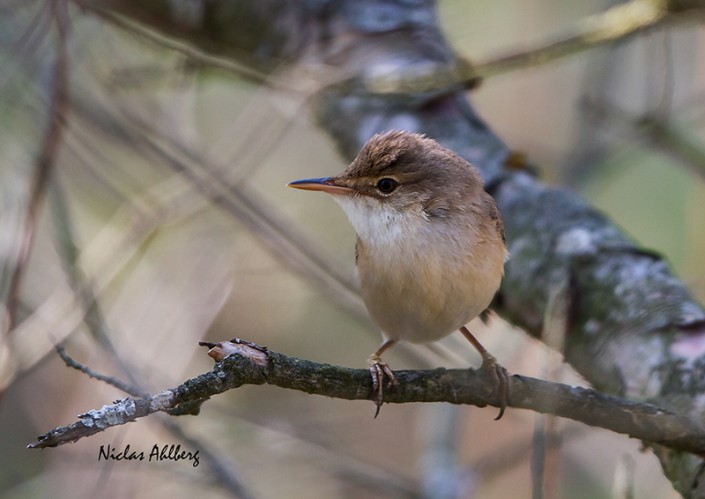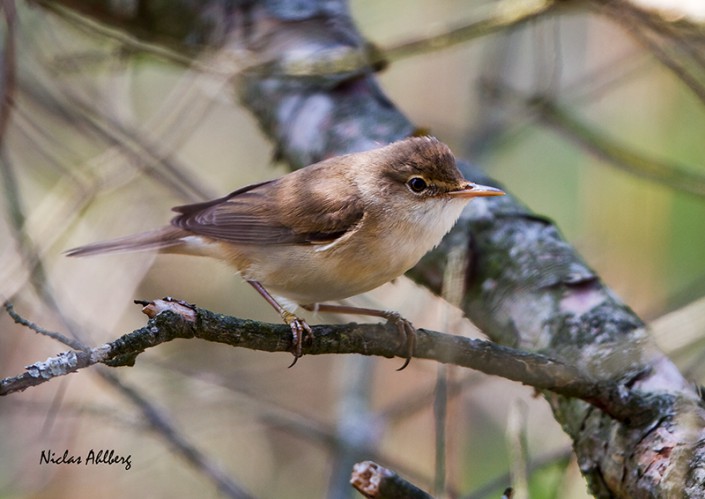This post is also available in: Swedish
Marsh warbler – Acrocephalus palustris
Marsh warbler – Acrocephalus palistrus
This is a medium-sized warbler. It is very similar in appearance to several other acrocephaline warblers, such as the reed warbler which also occurs in wetlands and has a similar breeding range. The male’s distinctive song is useful for identification, as no other member of the genus mimics other birds to any significant extent. The marsh warbler also tends to avoid the stands of pure reed which are the reed warbler’s favoured habitat.
The marsh warbler breeds in a variety of mostly damp habitats, but in Africa winters mainly in dry, well-vegetated areas. It is common over much of its breeding range and expanding its distribution in some areas. However, in Britain it is now virtually extinct as a breeding bird. This insectivorous warbler can be easily confused with several close relatives, but the imitative song of the male is highly distinctive. In spring, marsh warblers leave their wintering grounds in March or April. They are thought to follow broadly similar routes to their autumn migration. Birds breeding in south-east Europe, for instance on the Black Sea coast, may arrive there by late April. In other parts of their range, the majority of birds do not arrive until mid-May. On the western and northern edge of their range, for instance in England, birds do not tend to arrive until the end of May or early June.
The song
Recording by Imar from Xeno-canto


















